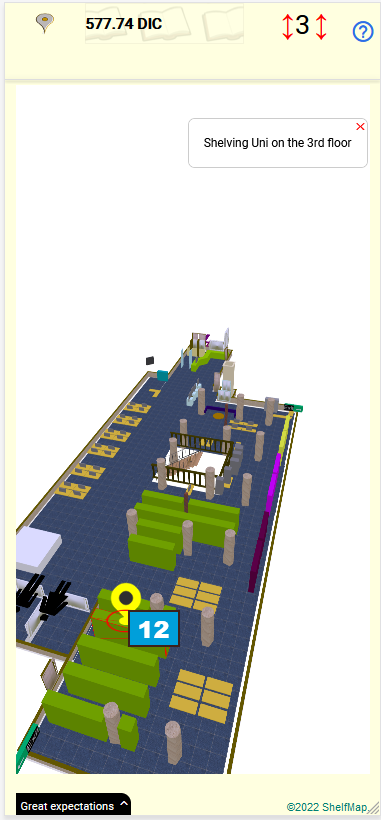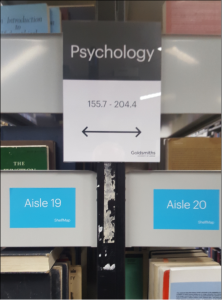ShelfMap is back its following its hibernation during Covid-19.
It now features a floorplan Editor as well as numerous bug fixes and enhancements which have been worked on in the last couple of years. Highlights include:
- The new Editor – Amend your plans and re-publish them at your convenience. Keep backups of old versions.
- Automatic optimisation of plan size and position to suit the device being used.
- Clickability – click furniture to see what books it contains
- Better highlighting. The stack itself can be highlighted in addition to (or instead of) the usual pin or arrow
- Grouping of stacks – several stacks can be designated as containing a certain
You can now get a free trial to use the Editor.

Alternatively, book a demo to see the latest version in action and how it can transform your library.



